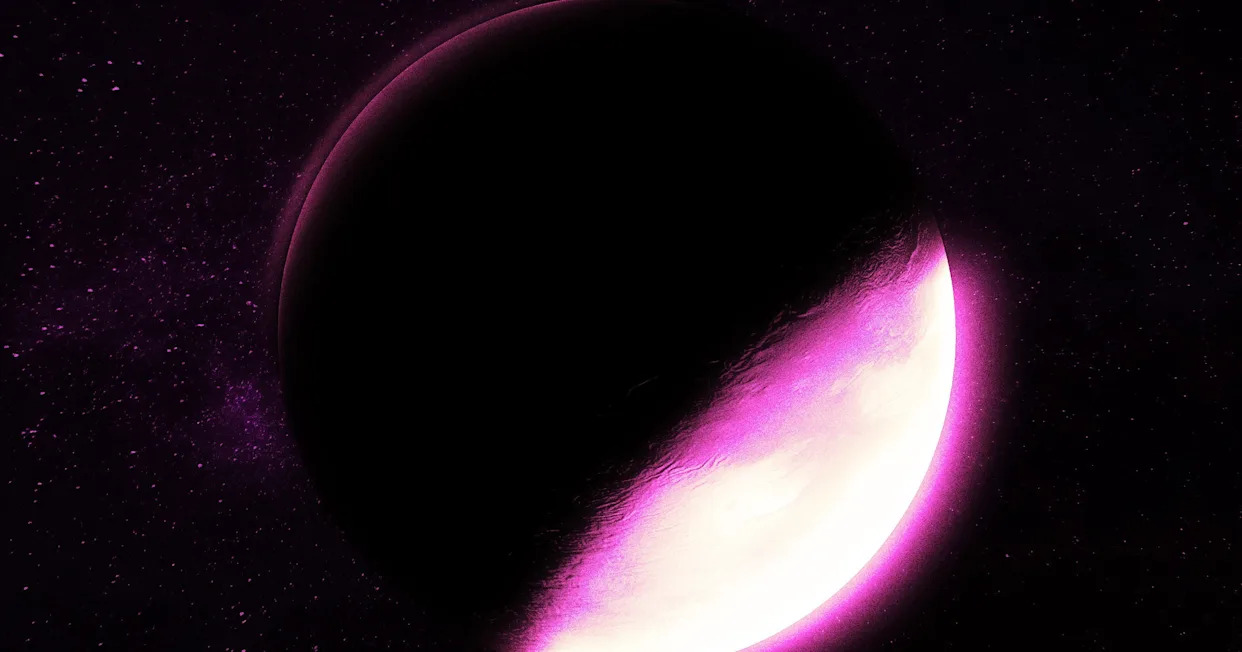James Webb Finds Evidence of Free-Floating Planets So Large They Can Gather Their Own Planetary Systems

Rogue Planets May Harbor Miniature Solar Systems, Webb Telescope Data Suggests
An international team of astronomers has uncovered compelling evidence suggesting that massive planets, unbound to any star, possess the capacity to form their own planetary systems—effectively functioning as miniature solar systems adrift in space. The findings, detailed in a study submitted for publication in The Astronomical Journal, challenge conventional understandings of planet formation and were made possible by observations from the James Webb Space Telescope.
These “rogue” planets, which are not gravitationally linked to a star, have long fascinated astronomers. While some originate within stellar systems before being ejected, researchers now believe that a subset may form through processes analogous to those that give rise to stars themselves.
“These discoveries demonstrate that the necessary components for planet formation can exist even around objects as small as Jupiter and wandering alone in space,” explained Belinda Damian, lead author of the study and an astronomer at the University of St Andrews. “This implies that planetary system creation isn’t limited to stars; it may also occur around these solitary, starless worlds.”
The team analyzed data from eight free-floating planets captured by the James Webb Space Telescope between August and October 2024. These objects range in mass from five to ten times that of Jupiter and are classified as some of the least massive bodies formed through the gravitational collapse of gas clouds – regions often associated with star birth.
Crucially, analysis revealed an excess of infrared emissions emanating from six of these planets, indicating the presence of warm dust surrounding them. While such circumstellar disks have previously been detected around rogue planets, this observation is significant because it shows evidence of early planetary formation. Specifically, scientists identified silicate grains within the disk, appearing to be in a stage of growth and crystallization. These grains are vital precursors to planetesimals – the larger building blocks from which planets ultimately coalesce.
The presence of these developing structures suggests that rogue planets can actively nurture the formation of smaller bodies orbiting them, mirroring the process seen around stars. The discovery offers an intriguing perspective on planetary system dynamics, prompting a reconsideration of how we define and identify such systems throughout the cosmos – a thought that humorously echoes historical geocentric models, albeit applied to entirely different celestial arrangements.









